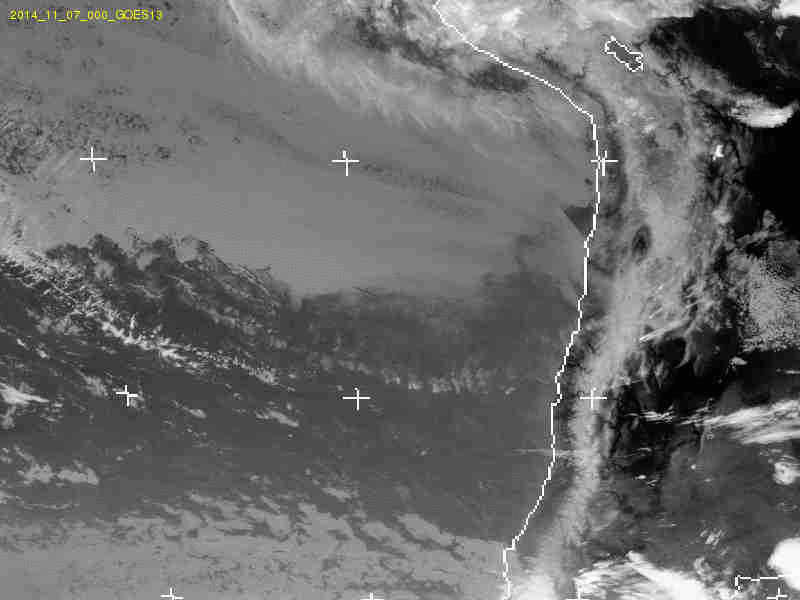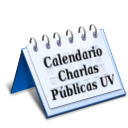Modern cosmology assumes that galaxy mergers play a fundamental role in the formation and evolution of galaxies, and thus their assembly. Because star clusters are common in many different types of galaxies, it is often said that star clusters can enable the reconstruction of the merger histories of their parent galaxies. However, in order to trace the formation and evolution of galaxies using star cluster populations, it is necessary to investigate how different galactic environments affect their basic properties. In this project we intend to improve our knowledge of the Galactic open cluster system by analyzing a large sample of infrared open clusters that are hidden behind dust and gas.
The main goal of the proposed project is to further investigate the population of open clusters in our Milky Way galaxy, by extending the current sample (Dias et al. 2002) towards its highly obscured and central parts. This will allow us to gain unique insight into the formation, evolution, and dissipation of open clusters in the Galactic environment. We propose to build a large (100-150), statistically significant sample of star clusters, practically invisible in the optical bands with homogeneously derived physical parameters — angular sizes, radial velocities, reddening, distances, masses, and ages.
Through this project, we will:
1. Provide a distribution map of these star clusters throughout the Galaxy;
2. Study the effect of Galactic position on cluster evolution;
3. Constrain important processes and parameters that are key in understanding cluster formation and evolution. In particular, by focusing our efforts on the very early stages (up to 10 Myr) of the clusters’ life histories, we will be in a position to constrain the Galactic star formation rate, duration and efficiency of the star formation process, initial mass function, disruption effects and the interaction of the young stars with their molecular clouds.
4. Trace the structure of the Galactic disk. The recent studies of the disk structure based on open clusters are complete out to only 1 kpc from the Sun. We will re-derive and greatly extend many of the existing relations, such as: galactocentric distance vs. age distribution, open clusters age histogram, distance to the Sun vs. reddening, distribution of open clusters as a function of metallicity, etc. To achieve our goals, we will use the unprecedentedly deep infrared data from the VISTA VVV survey and UKIRT Galactic Plane Survey, complementing our near-IR database with the NASA WISE mid-IR all-sky survey, X-Ray,APEX, ALMA and APOGEE2.
Investigators:
Professors: Jura Borissova - Radostin Kurtev - Amelia Bayo
Postdocs: Sebastián Ramírez - Michael Kuhn - Pía Amigo - Josephine Chan - Mariusz Gromadzski
Students: Claudio Navarro (PhD) - Nicolas Medina (MSc)



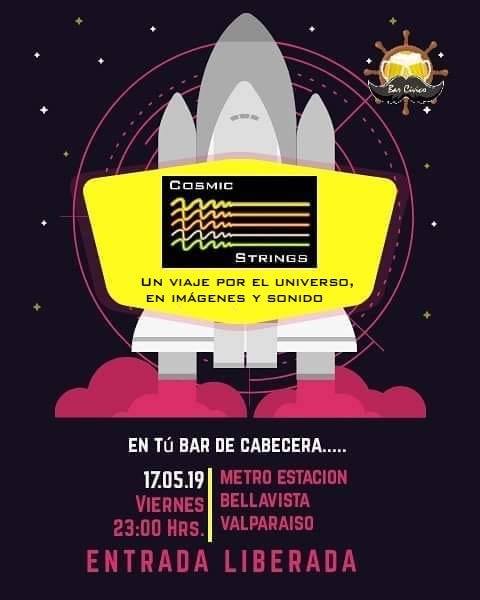 16/05/20019 Este viernes 17 de mayo se viene con un panorama de otro planeta, con el show astronómico de la banda Cósmic Strings integrada por varios investigadores del Instituto de Fisica y Astronomia. La actividad, de entrada liberada, tendrá lugar a las 23:00 horas en el Bar Cívico, ubicado en calle Blanco 1273, Valparaíso, cercano a la estación Bellavista del Metrotren. La música inspirada en planetas y...
16/05/20019 Este viernes 17 de mayo se viene con un panorama de otro planeta, con el show astronómico de la banda Cósmic Strings integrada por varios investigadores del Instituto de Fisica y Astronomia. La actividad, de entrada liberada, tendrá lugar a las 23:00 horas en el Bar Cívico, ubicado en calle Blanco 1273, Valparaíso, cercano a la estación Bellavista del Metrotren. La música inspirada en planetas y...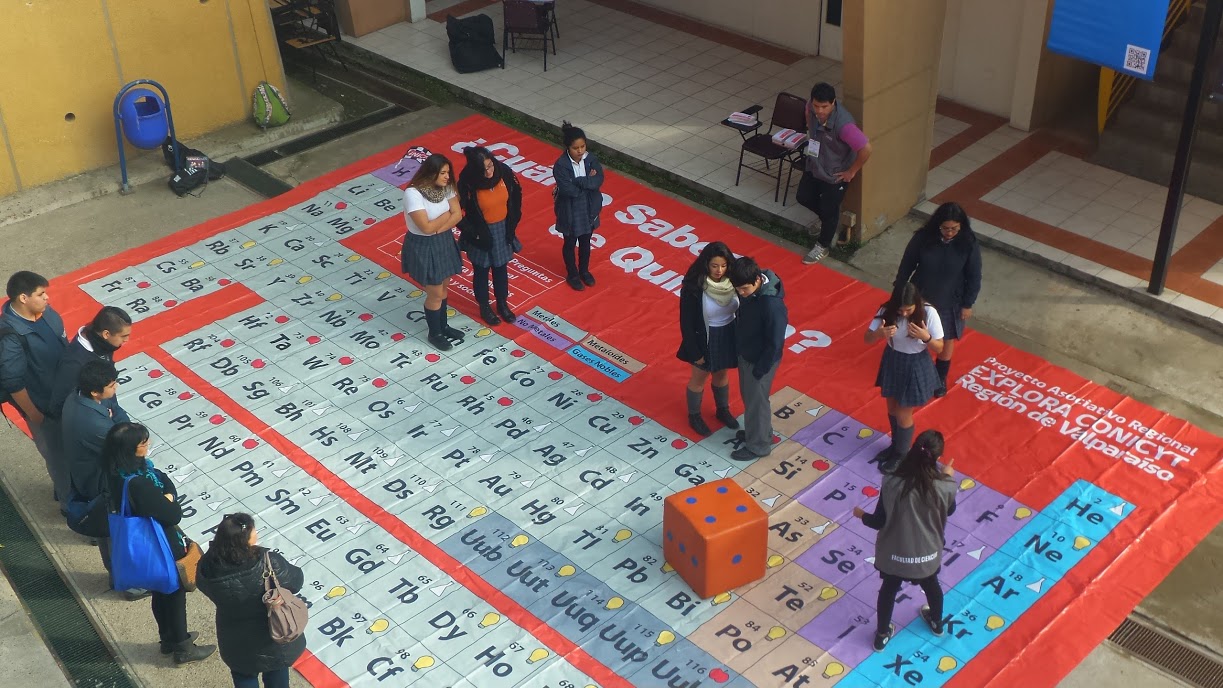 16/05/2019 Como ya es tradición, el viernes 24 de mayo, el Instituto de Física y Astronomía formará parte de la Feria de la Ciencia que cada año la Universidad de Valparaíso realiza para público escolar de la región. El objetivo es ofrecer a escolares y comunidades locales una muestra de actividades prácticas de investigación y formación en un espacio académico. Los alumnos tienen la po...
16/05/2019 Como ya es tradición, el viernes 24 de mayo, el Instituto de Física y Astronomía formará parte de la Feria de la Ciencia que cada año la Universidad de Valparaíso realiza para público escolar de la región. El objetivo es ofrecer a escolares y comunidades locales una muestra de actividades prácticas de investigación y formación en un espacio académico. Los alumnos tienen la po...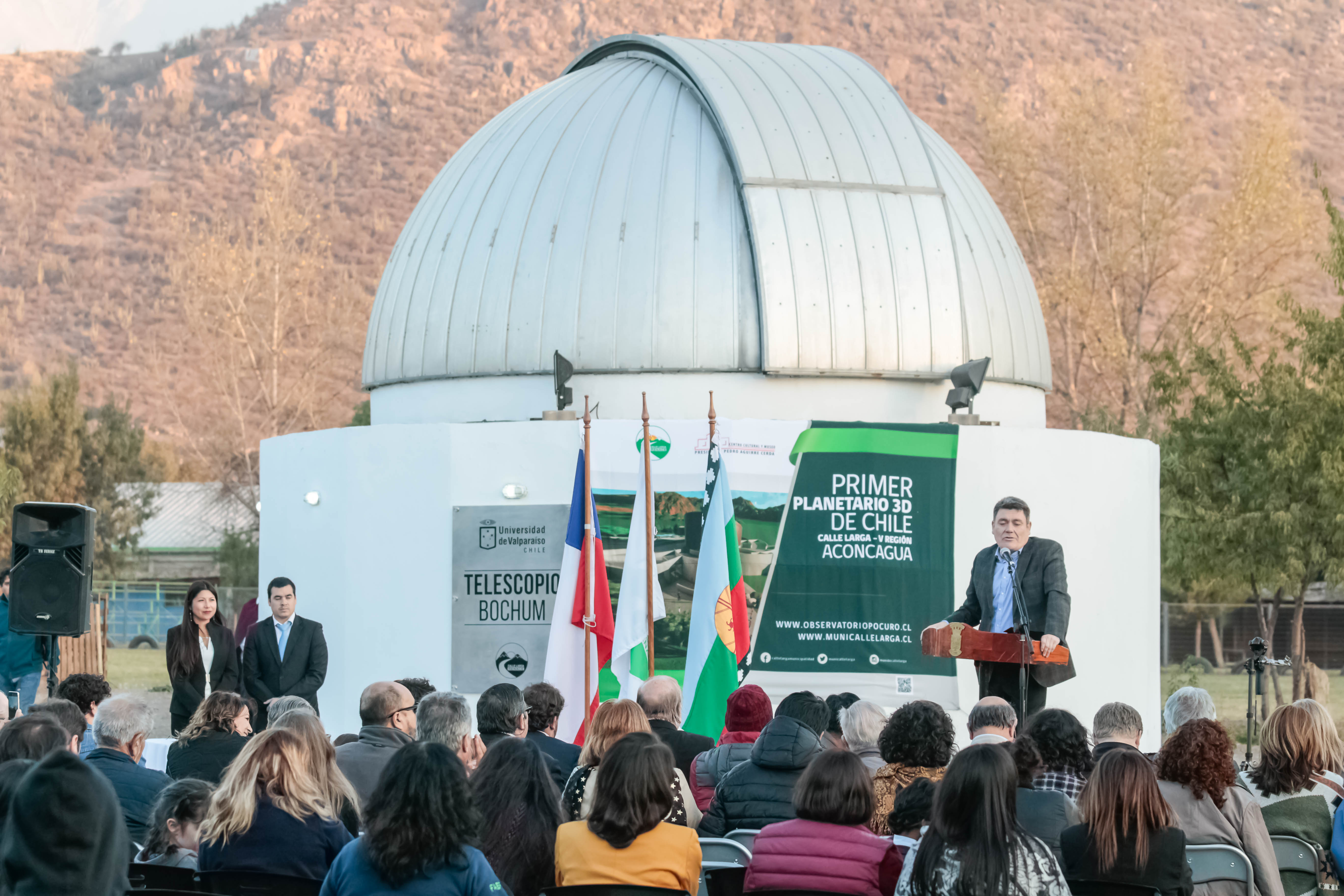 14/05/2019 La comuna de Calle Larga, distante 137 kilómetros de Valparaíso y sólo 75 de Santiago, inicia su despegue como nuevo epicentro astronómico de la zona central del país gracias al desarrollo que ha experimentado el Observatorio Pocuro, ubicado en el Centro Cultural Pedro Aguirre Cerda.
Este camino se ha ido pavimentando con la colaboración de la Universidad de Valparaíso, al establecer una...
14/05/2019 La comuna de Calle Larga, distante 137 kilómetros de Valparaíso y sólo 75 de Santiago, inicia su despegue como nuevo epicentro astronómico de la zona central del país gracias al desarrollo que ha experimentado el Observatorio Pocuro, ubicado en el Centro Cultural Pedro Aguirre Cerda.
Este camino se ha ido pavimentando con la colaboración de la Universidad de Valparaíso, al establecer una... 14/05/2019 La Dra Maja Vuckovic participará como expositora en la escuela de verano “Pulsaciones Estelares a lo largo de la evolución estelar” que se llevará a cabo en La Plata, Argentina entre el 11 y el 22 de noviembre.
El evento es una de las actividades astronómicas del año destacadas por el Boletín de Estrellas Masivas (Massive Star Newsletter) y se enmarca como parte del proyecto POEMS, Marie Curie Horizon 2020, d...
14/05/2019 La Dra Maja Vuckovic participará como expositora en la escuela de verano “Pulsaciones Estelares a lo largo de la evolución estelar” que se llevará a cabo en La Plata, Argentina entre el 11 y el 22 de noviembre.
El evento es una de las actividades astronómicas del año destacadas por el Boletín de Estrellas Masivas (Massive Star Newsletter) y se enmarca como parte del proyecto POEMS, Marie Curie Horizon 2020, d...
 10/05/2019 Utilizando observaciones submilimétricas del disco de escombros alrededor de la estrella debaja masa TWA 7, un grupo internacional de astrónomos liderado por la investigadora del IFA y Directora del NúcleoMilenio de Formación Planetaria Amelia Bayo, concluyó que la arquitectura asumida para esteobjeto es diferente a lo qu...
10/05/2019 Utilizando observaciones submilimétricas del disco de escombros alrededor de la estrella debaja masa TWA 7, un grupo internacional de astrónomos liderado por la investigadora del IFA y Directora del NúcleoMilenio de Formación Planetaria Amelia Bayo, concluyó que la arquitectura asumida para esteobjeto es diferente a lo qu...